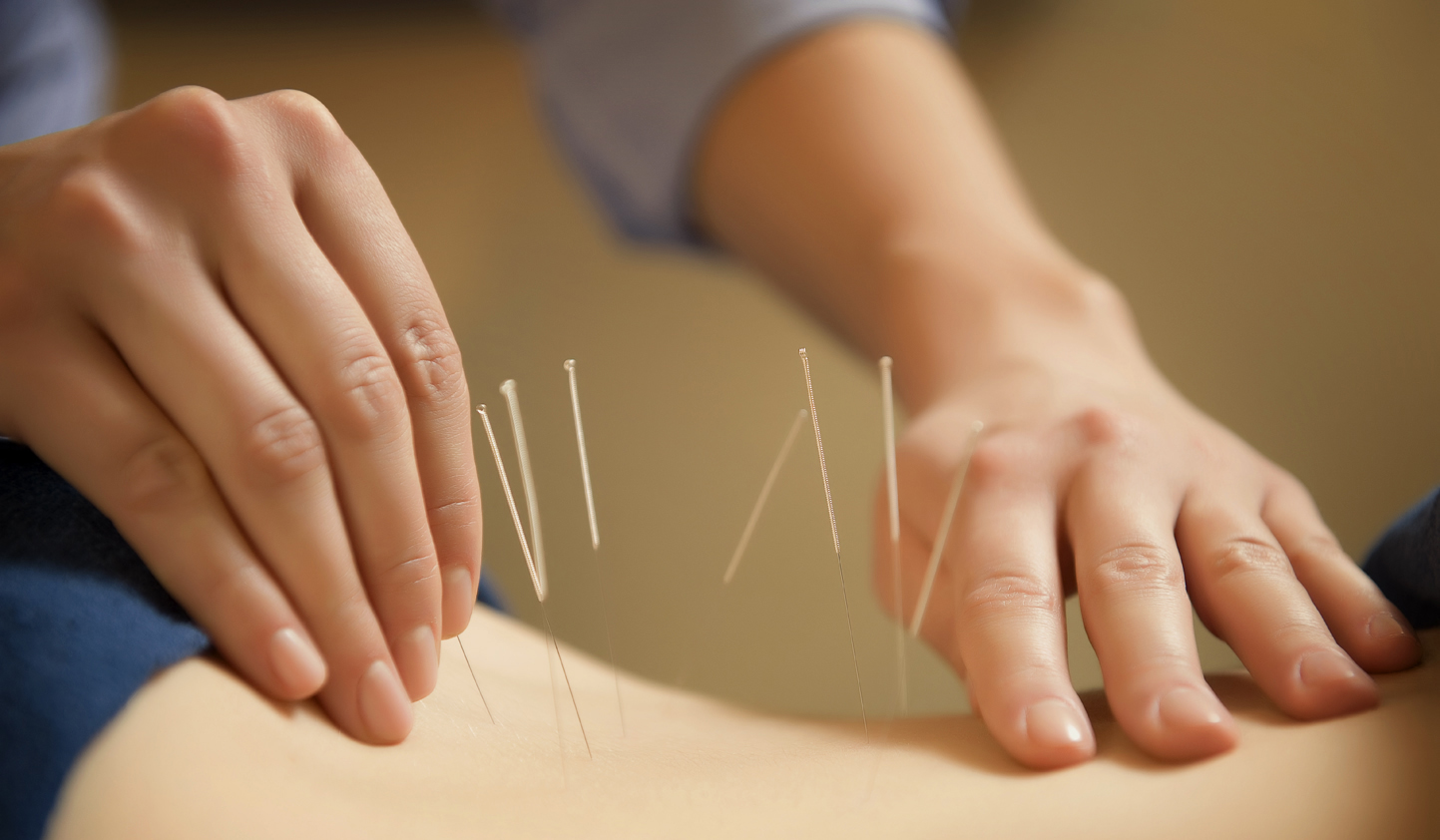
The opioid crisis has prompted federal and state public health agencies to take some extraordinary steps that might have been unthinkable only a few years ago. As dozens of Americans die daily from opioid overdoses, agencies like the Food and Drug Administration are reconsidering their positions on alternative pain therapies like chiropractic medicine and acupuncture.
The FDA issued a proposal in May of 2017 that encouraged physicians to learn more about acupuncture and other alternative therapies. The proposed guidelines recommended that medical providers learn about the potential benefits of acupuncture within a multi-disciplinary approach to treating pain without opioid medications.
This departure from traditional therapeutic methodologies has sparked enormous debate within the medical community. Many physicians argue that there is no scientific research to support the use of acupuncture for chronic pain. A meta-analysis of 12 studies indicates that there is no clinical evidence that acupuncture has substantial benefits for patients suffering from back pain, rheumatoid arthritis or fibromyalgia.
Others argue that acupuncture is potentially even harmful to patients. There have been cases of infection, punctured lungs, hemorrhages, and, even, death when acupuncture was practiced by inexperienced or reckless acupuncturists. Critics attribute any pain alleviation from acupuncture to the placebo effect, i.e. psychosomatic results.
However, the move by the FDA and other groups has opened the door for more physicians to at least consider non-traditional forms of pain management. There may not be a wealth of studies corroborating the validity of acupuncture as a pain management therapy, but the anecdotal evidence is almost undeniable.
For more than 3,000 years, Eastern physicians have used acupuncture, and currently, this technique is used worldwide to manage pain, nausea and vomiting. Although there is still considerable research necessary to confirm acupuncture’s pain management benefits, more Western medical authorities are accepting acupuncture as legitimate.
The mechanism of how acupuncture relieves pain is not well understood, but some researchers believe that the insertion of needles into precise locations induces the release of natural pain-killing neurotransmitters. Others, however, postulate that the pins interfere in the transmission of pain impulses by blocking the “gates” of important neural pathways.
If you are considering acupuncture as a patient or physician, it is important to understand that few reputable researchers have investigated it seriously. Until just recently, acupuncture was largely ignored by traditional medicine, so few authoritative studies were conducted into its efficacy. It is easy to discredit the few studies so far completed, but this is more of an indictment of these particular researchers rather than acupuncture itself.
In 2009, the National Institutes of Health reported that more than 3.1 million Americans had used acupuncture to manage headache, back pain and insomnia. The effectiveness of the treatment depends, of course, on the patient, but many are willing to attest that there are real benefits.
Acupuncture alone is not likely to produce significant pain relief, but it can be quite effective when used in concert with other pain management methods. To optimize benefits, you may require regular, weekly sessions.
Article written by: Dr. Robert Moghim – CEO/Founder Colorado Pain Care
M.D. Disclaimer: The views expressed in this article are the personal views of Robert Moghim, M.D. and do not necessarily represent and are not intended to represent the views of the company or its employees.



